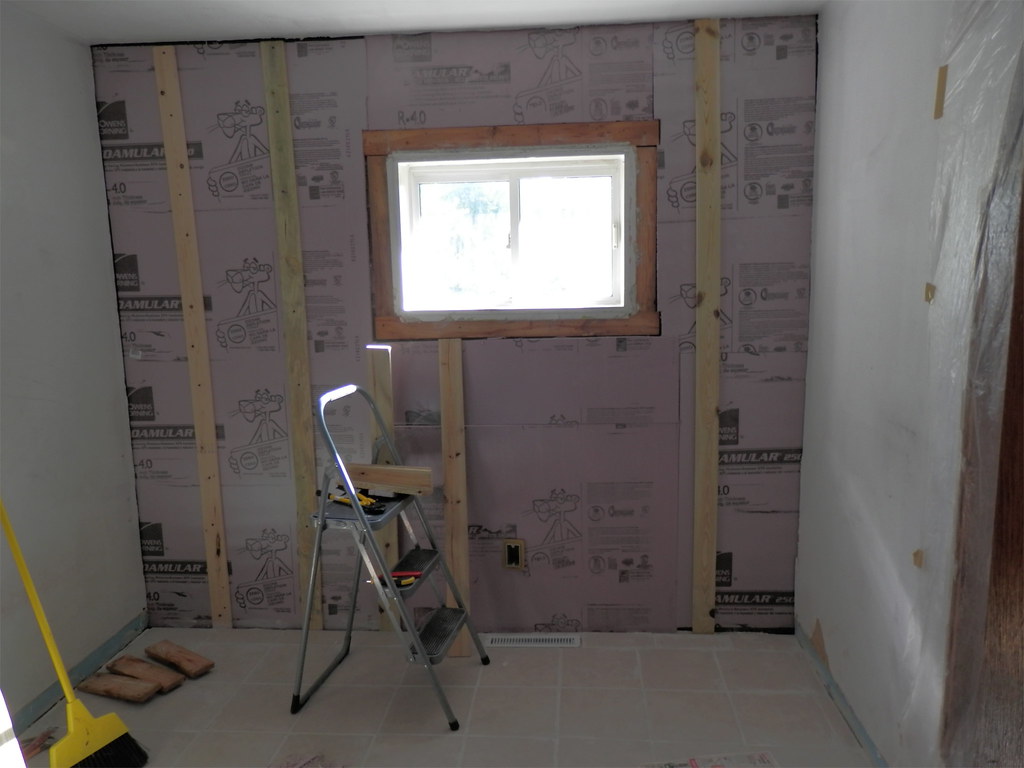Chapter 9 of the NEC lacks any tables with acceptable dimensional areas for romex cables for the purpose of area filling inside conduits since most people don't use romex inside conduits, as follows:
Chapter 9 Tables
Notes to Tables
(5) For conductors not included in Chapter 9, such as multiconductor cables and optical fiber cables, the actual dimensions shall be used.
(9) A multiconductor cable, optical fiber cable or flexible cord of two or more conductors shall be treated as a single conductor for calculating percentage conduit fill area. For cables that have elliptical cross sections, the cross-sectional area calculation shall be based on using the major diameter of the ellipse as a circle diameter.
So, one has to calculate the relevant dimensional area, in this case the cross-sectional area of a romex cable, and the romex cable is mostly flat one has use the maximum width of the cable as a diameter (for nm-b 14-2 it would be 7/16” of an inch based on rough measurements)
=> Cross-sectional area of 14-2 calculation: ((7/16”)/2)^2*pi = 0.1503”, thus the cross-sectional area for a 14-2 romex is about 0.1503”.
=> According to NEC's chapter 9 tables the inside cross-sectional area of a 1/2” EMT conduit is equals 0.30385. Considering that the 14-2 romex is seens as a single conductor one can use the 53% for the conduit fill area which then renders: 0.30385(.53)=0.161”
And since 0.161” > 0.153” one can use nm-b 14-2 inside 1/2” EMT conduits. But similar calculations indicate that the nm-b 12-2 would not be acceptable inside a 1/2” EMT conduit.
Having to use 3/4” conduit in some of my exterior walls would be difficult due to clearance issue (concrete wall and wood strips). So, I was wondering if there is any conduit with a higher fill rate.
Also, on the subject of exterior walls; I got two different types of what seems electrical boxes with a vapor barrier but none of them would work out for the small cavity in the wall without any modification:
![Image]()
![Image]()
Would there be any type of electrical boxes with a vapor barrier built-in that would fit the bill?
thanks
Chapter 9 Tables
Notes to Tables
(5) For conductors not included in Chapter 9, such as multiconductor cables and optical fiber cables, the actual dimensions shall be used.
(9) A multiconductor cable, optical fiber cable or flexible cord of two or more conductors shall be treated as a single conductor for calculating percentage conduit fill area. For cables that have elliptical cross sections, the cross-sectional area calculation shall be based on using the major diameter of the ellipse as a circle diameter.
So, one has to calculate the relevant dimensional area, in this case the cross-sectional area of a romex cable, and the romex cable is mostly flat one has use the maximum width of the cable as a diameter (for nm-b 14-2 it would be 7/16” of an inch based on rough measurements)
=> Cross-sectional area of 14-2 calculation: ((7/16”)/2)^2*pi = 0.1503”, thus the cross-sectional area for a 14-2 romex is about 0.1503”.
=> According to NEC's chapter 9 tables the inside cross-sectional area of a 1/2” EMT conduit is equals 0.30385. Considering that the 14-2 romex is seens as a single conductor one can use the 53% for the conduit fill area which then renders: 0.30385(.53)=0.161”
And since 0.161” > 0.153” one can use nm-b 14-2 inside 1/2” EMT conduits. But similar calculations indicate that the nm-b 12-2 would not be acceptable inside a 1/2” EMT conduit.
Having to use 3/4” conduit in some of my exterior walls would be difficult due to clearance issue (concrete wall and wood strips). So, I was wondering if there is any conduit with a higher fill rate.
Also, on the subject of exterior walls; I got two different types of what seems electrical boxes with a vapor barrier but none of them would work out for the small cavity in the wall without any modification:


Would there be any type of electrical boxes with a vapor barrier built-in that would fit the bill?
thanks






